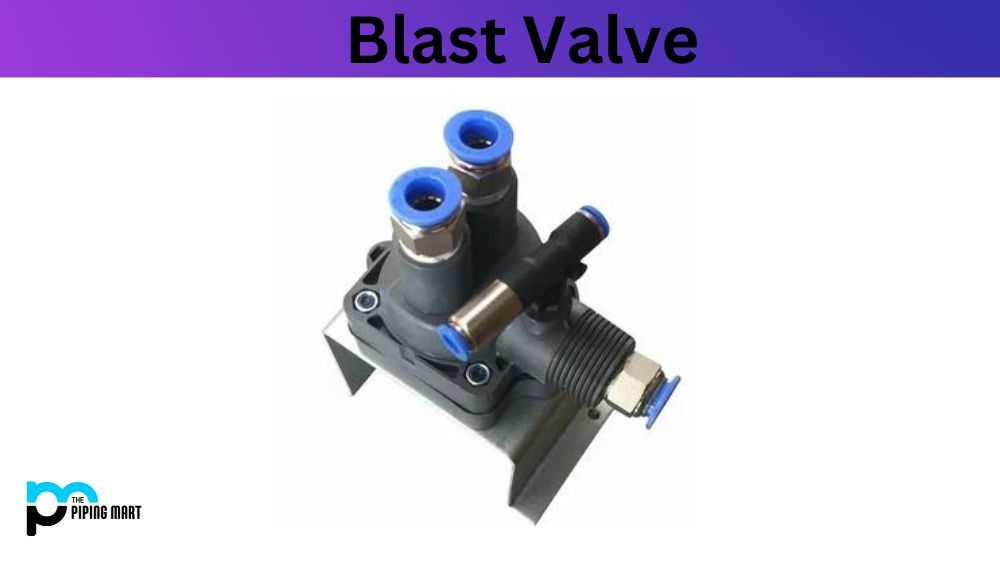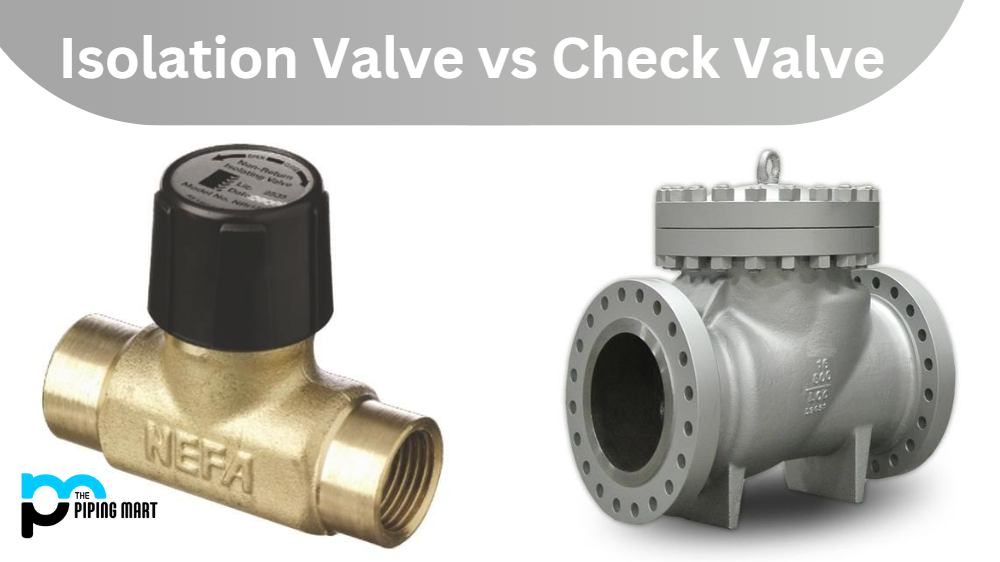Blast valves are crucial components for any industrial facility that requires safety from sudden pressure changes caused by explosions or chemical reactions. For instance, these valves prevent structural damage to pipelines by addressing the impact of pressure changes triggered by explosions, which can cause extensive damage to buildings and infrastructure. In this blog post, we’ll go over what blast valves are, their properties, and their uses in industries and daily life activities. We’ll also discuss their application methods and how they operate.
What is Blast Valve?
Blast Valve is a high-performance flow control valve designed to increase the efficiency of downstream processes. It works by modulating air pressure at the inlet side, allowing for higher flows and more precise adjustments. The valve offers better performance than conventional butterfly valves due to its bearingless design, wider range of adjustment, and lower process noise. Its advanced features make it an ideal choice for applications requiring maximum control over air pressure.
Properties of Blast Valves:
Blast valves contain elements such as stainless steel, aluminium, Inconel, and Hastelloy that offer strength and resilience to harsh environmental circumstances. These materials lend blast valves their required durability to withstand high pressures and temperatures. Additionally, blast valves contain a unique design that simplifies installation and performs optimally, reducing installation risk. Blast valves have a quick response time mechanism with a minimal face height, ensuring that they begin to actuate at low-pressure changes.
Uses of Blast Valves:
Blast valves find application in various industries such as oil and gas, pulp and paper, metal production, transportation, and chemical processing. They’re also highly recommended for critical facilities such as data centres and hospitals, which require safety measures in case of explosions. Blast valves perform two main roles when deployed. The first is to allow any pressure to leave the facility without causing significant damage to the pipeline. The second and most important role is to maintain maximum safety for the facility and humans.
Application of Blast Valves:
To use blast valves in facilities, follow these steps:
Step 1: Determine the explosion location
Step 2: Set up a plan of action that will order the closure of blast valves
Step 3: Install blast valves to make sure that they activate according to structural specification
Using blast valves provides additional safety benefits that other protection equipment cannot offer, including the ability to steer pressure waves using specified equipment.
How Blast Valves Operate:
Blast valve operations are mainly electronic-actuated by remote systems, signal activators, or programmable devices attached to identification systems. Once an explosion or pressure wave is detected, the blast valve’s air-tight seal will ensure that dangerous gases and debris released during blasts are effectively trapped. As a result, the valve prevents the destruction caused by burning gases and atmospheric upheaval caused by pressure changes.
Conclusion:
Blast valves are some of the essential safety features that every facility should have. Their unique design and premium quality materials make them durable, long-lasting, and highly effective in use. Moreover, they’re widely applicable in industries and critical facilities such as hospitals and data centres. Proper installation and activation of blast valves can increase safety while reducing potential damage caused by explosions. This blog post provides the necessary understanding of blast valves and their applications.
Rachana is a dedicated and ambitious young woman who has made a name for herself in the metal industry. From her earliest days in the industry, Rachana showed a natural talent for problem-solving and a keen eye for detail. In her free time, She enjoys reading up on the latest advancements in the industry, as well as exploring new ways to innovate and improve upon existing processes.




